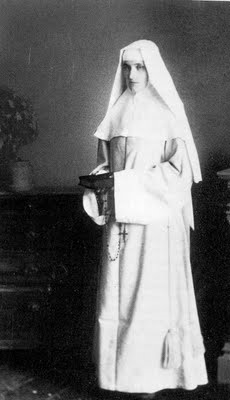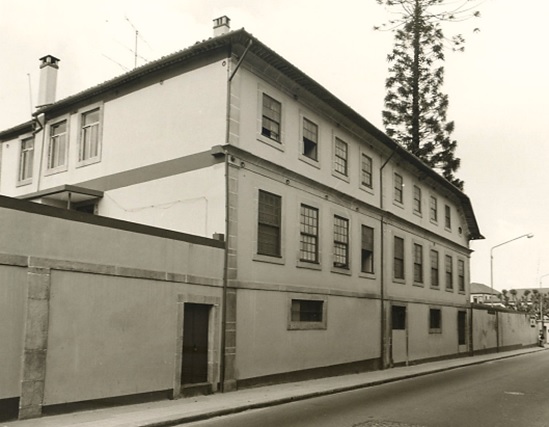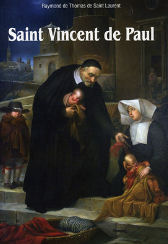Blessed Mary of the Divine Heart (died in Porto, Portugal, June 8, 1899), born Maria Droste zu Vischering, was a noble of Germany and Roman Catholic nun best known for influencing Pope Leo XIII’s consecration of the world to the Sacred Heart of Jesus. Pope Leo XIII called this consecration “the greatest act of my pontificate”.
Maria Anna Johanna Franziska Theresia Antonia Huberta Droste zu Vischering was born September 8, 1863 in the Erbdrostenhof Palace, in Münster, and spent her childhood in the Darfeld Castle. She was the daughter of Count Clemen Droste zu Vishering and of Countess Helen von Galen.
At the age of twenty-five she joined the congregation of Our Lady of Charity of the Good Shepherd, in Munster. She was given the name, Sr. Mary of the Divine Heart. In 1891, she devoted herself to the girls sent to the Good Shepherd Sisters in Munster for rehabilitation and care. With an ardent love for youth ministry, she maintains: “the most needy, the most miserable, the most forsaken are the children I love best.”
In 1894, at the age of 31, she was transferred to Portugal and appointed superior of Oporto, Portugal. While there she reported some messages from Jesus Christ in which she was asked to contact the pope, requesting the consecration of the world to the Sacred Heart of Jesus.
On June 10, 1898, her confessor at the Good Shepherd monastery wrote to Pope Leo XIII stating that Sister Mary of the Divine Heart had received a message from Christ, requesting the pope to consecrate the entire world to the Sacred Heart. The pope initially did not believe her and took no action. However, on January 6, 1899 she wrote another letter, asking that in addition to the consecration, the first Fridays of the month be observed in honor of the Sacred Heart. In the letter she also referred to the recent illness of the pope and stated that Christ had assured her that Pope Leo XIII would live until he had performed the consecration to the Sacred Heart.
Pope Leo XIII commissioned an inquiry on the basis of her revelation and Church tradition. In his 1899 encyclical letter Annum Sacrum, Leo XIII decreed that the consecration of the entire human race to the Sacred Heart of Jesus should take place on June 11, 1899. In the encyclical Annum Sacrum, Pope Leo XIII referred to the illness about which Sister Mary had written, stating: “There is one further reason that urges us to realize our design; We do not want it to pass by unnoticed. It is personal in nature but just as important: God the author of all Good has saved us by healing us recently from a dangerous disease.”
Pope Leo XIII also composed the Prayer of Consecration to the Sacred Heart and included it in Annum Sacrum. Pope Pius X later decreed that this consecration of the human race, performed by Pope Leo XIII be renewed each year.
Sister Mary of the Divine Heart died on June 8, 1899, the feast of the Sacred Heart, two days before the consecration, which had been deferred to the following Sunday.
In 1964, Sister Mary of the Divine Heart, the countess of Droste zu Vischering, officially received the title of Venerable by the Catholic Church. On November 1, 1975, she was declared blessed by Pope Paul VI.

The incorrupt body of Sister Mary of the Divine Heart Droste zu Vischering in the Church of the Sacred Heart of Jesus in Ermesinde, Portugal.
Blessed Mary of the Divine Heart’s incorrupt body is exposed for public veneration in the Church of the Sacred Heart of Jesus, in Ermesinde, Portugal. The church is adjacent to the Convent of the Good Shepherd Sisters. There is also a relic of her body exposed for public veneration at the Sanctuary of Christ the King in Almada, near Lisbon, Portugal.






















